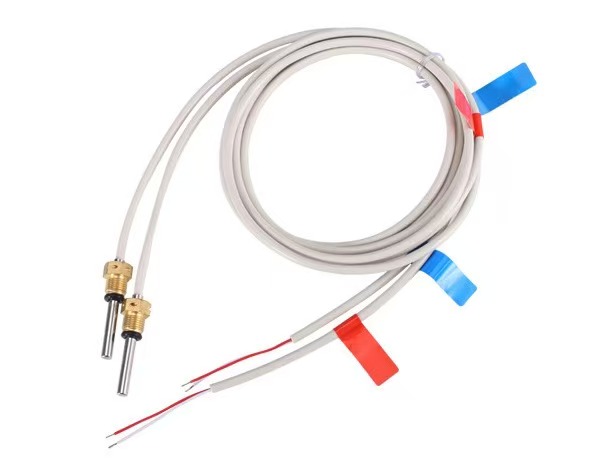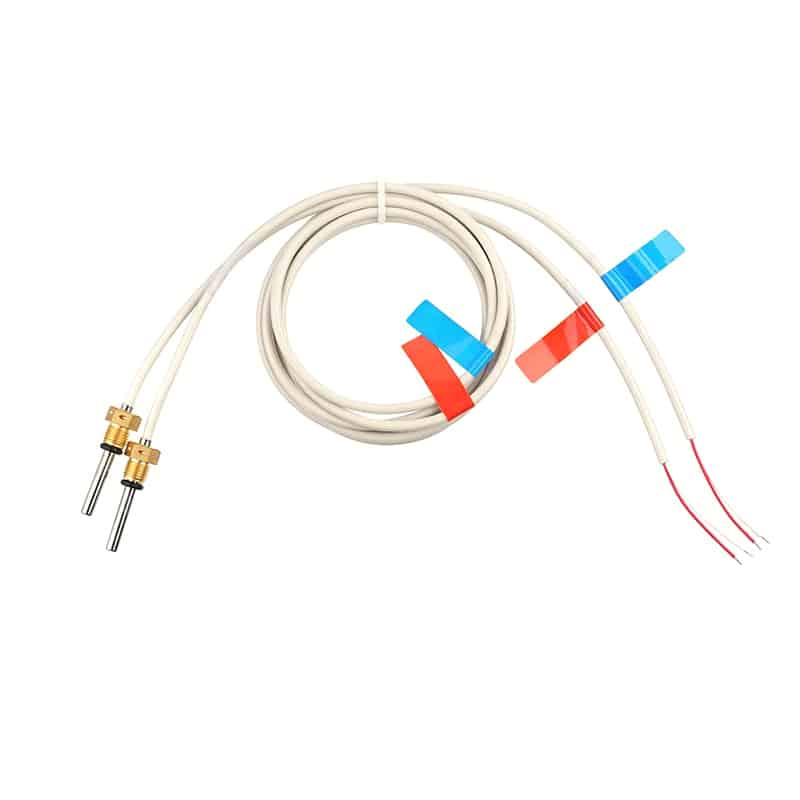Watchdog Temperature Sensor: A Comprehensive Guide to Understanding and Using It
Article Summary:
- Introduction
- What is a Watchdog Temperature Sensor?
- How Does a Watchdog Temperature Sensor Work?
- Why Use a Watchdog Temperature Sensor?
- Installation and Configuration of a Watchdog Temperature Sensor
- Troubleshooting Guide for Watchdog Temperature Sensor Issues
Introduction
In this digital age, businesses and individuals increasingly rely on technology for mission-critical applications. As a result, it has become more important than ever to ensure that electronic devices and equipment operate as intended, especially in data centers, power plants, hospitals, and other temperature-sensitive environments. One of the tools that can help in this regard is the watchdog temperature sensor.
What is a Watchdog Temperature Sensor?
A watchdog temperature sensor is a specialized device that monitors temperature levels and alerts users if they exceed safe thresholds. It typically consists of a probe or sensor that is inserted into the equipment or room being monitored, and a control module that receives signals from the probe and triggers alarms or actions based on pre-set conditions.
How Does a Watchdog Temperature Sensor Work?
The exact functioning of a watchdog temperature sensor can vary depending on the manufacturer and model. However, most sensors use the same basic principles to detect temperature fluctuations. They rely on a thermistor or thermocouple, which are two types of sensors that change resistance or voltage in response to temperature changes. The control module then interprets the signal from the probe and activates an alarm or corrective action if the temperature exceeds or falls below the specified range.
Why Use a Watchdog Temperature Sensor?
There are several reasons why individuals and organizations may opt to use a watchdog temperature sensor. Firstly, it can help prevent equipment damage and data loss caused by heat-related failures. For instance, servers, routers, and switches generate a lot of heat when they operate, and if they overheat, they may shut down or crash, leading to downtime or data corruption. Secondly, temperature sensors can help ensure regulatory compliance, such as in industries like food storage and healthcare, where certain temperatures must be maintained to preserve quality and safety. Lastly, they can improve energy efficiency by identifying areas where cooling or heating systems are operating excessively or inefficiently.
Installation and Configuration of a Watchdog Temperature Sensor
Installing a watchdog temperature sensor is relatively straightforward. The first step is to identify the area or equipment that requires monitoring and select a compatible sensor. There are several types of sensors available, including internal and external probes, wireless and wired sensors, and multi-zone and single-zone sensors. Once you have chosen a suitable sensor, you need to connect it to the control module and configure the settings, such as the acceptable temperature range, alarm threshold, and notification preferences. Finally, it is essential to test the system periodically to ensure that it is functioning correctly.
Troubleshooting Guide for Watchdog Temperature Sensor Issues
Despite their benefits, watchdog temperature sensors can occasionally malfunction or provide inaccurate readings. The following are some common issues that users may encounter and how to address them:
- The sensor is losing connectivity – Check the wires or batteries and ensure they are securely connected. Also, make sure that the sensor is not placed too far from the control module, as this can cause signal degradation.
- The sensor is providing false readings – Ensure that the probe is placed in the correct location and that there are no obstructions or interference that may affect its accuracy. Additionally, verify that the sensor is calibrated correctly and that the control module has the latest firmware updates.
- The alarm is not triggering – Verify that the alarm settings are properly configured and that the notification method, such as email or SMS, is working correctly. If necessary, test the alarm manually to ensure that it rings loud enough to be heard.
In conclusion, watchdog temperature sensors are invaluable tools for ensuring the reliability, safety, and efficiency of electronic equipment and environments. By understanding how they work and how to install and troubleshoot them, users can harness their benefits and prevent costly downtime and damage.





